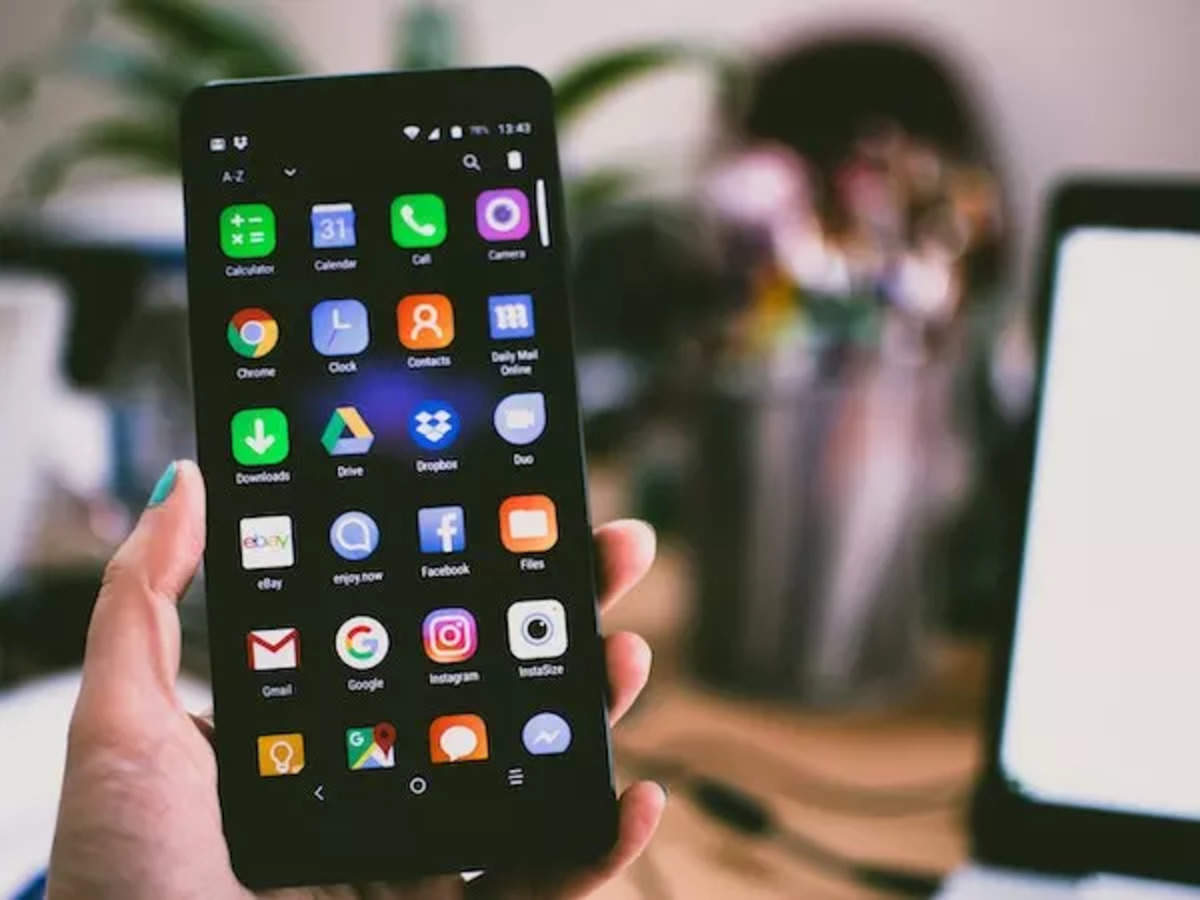The global mobile phone industry has experienced a significant downturn, with sales revenue plummeting by a staggering $36 billion over the past two years. This decline reflects a challenging period for manufacturers and retailers alike, as the market grapples with changing consumer preferences, economic uncertainties, and the impact of the COVID-19 pandemic.
Several factors have contributed to this decline in mobile phone sales revenue. One key factor is the saturation of the smartphone market, as consumers hold onto their devices for longer periods before upgrading. Additionally, the economic downturn caused by the pandemic has led to reduced consumer spending on non-essential items, including smartphones.
Furthermore, supply chain disruptions and component shortages have hampered production and distribution, leading to delays and higher costs for manufacturers. These challenges have forced many companies to revise their sales forecasts and adopt cost-cutting measures to weather the storm.
Despite the overall decline in sales revenue, certain segments of the mobile phone market have shown resilience. For example, sales of budget and mid-range smartphones have remained relatively stable, as consumers prioritize affordability and value for money.
Looking ahead, industry analysts expect the mobile phone market to gradually recover as economic conditions improve and consumer confidence rebounds. However, manufacturers will need to innovate and adapt to changing market dynamics to stay competitive in an increasingly challenging landscape.
